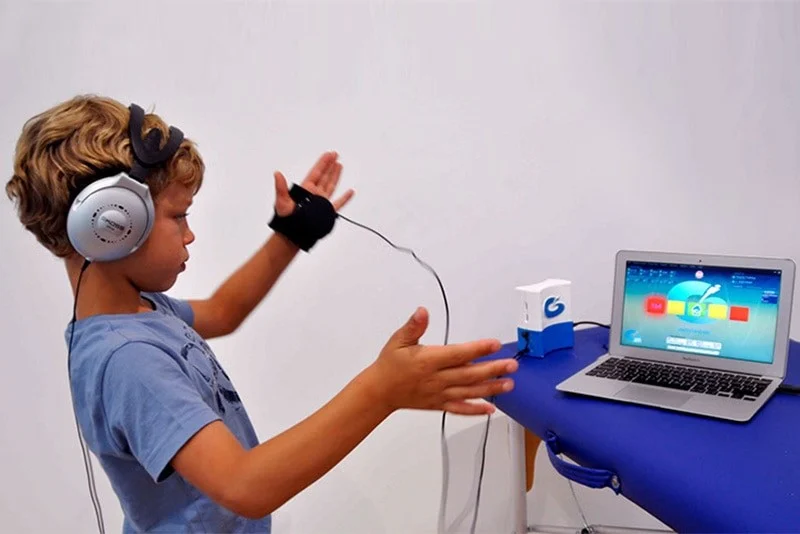Traditional Treatments for Diabetic Patients
Diabetes and pre-diabetes are typically detected and treated through insulin and blood sugar management. A family doctor or internal medicine specialist will likely test blood sugar levels and prescribe medication or insulin based on the results.
Even when consulting an endocrinologist, the focus often remains on lifestyle changes, diet, and exercise. While these recommendations are essential, additional perspectives can provide further benefits. Many patients do not receive a comprehensive, holistic assessment that considers their overall health.
For those experiencing nerve damage or loss of sensation due to neuropathy—a condition affecting nerves in the limbs—a traditional neurologist may prescribe medication to mask symptoms like numbness, pain, or burning. These drugs, typically anti-seizure medications, do not heal or reverse nerve damage. In some cases, surgery may be considered to treat the disease.
Natural Treatments and Functional Neurology Approaches
At Norcal Brain Center, we encourage patients to continue following their prescribed medication and insulin treatment plans. However, we also emphasize the importance of additional strategies to manage diabetes, combat nerve damage, and heal from neuropathy by addressing both symptoms and underlying causes.
Unique Approaches
Functional Neurology provides alternative methods for treating peripheral neuropathy, which affects many diabetes patients. Unlike traditional neurology, which primarily focuses on symptom management, we prioritize identifying and treating root causes.
Functional neurologists view the nervous system as adaptable and capable of healing through targeted stimulation and non-pharmaceutical, non-surgical therapies. This concept, known as neuroplasticity, suggests that the entire nervous system can improve without drugs or invasive procedures.
Rather than focusing solely on blood sugar levels, we investigate other potential contributors to neuropathy, such as chronic inflammation, food sensitivities, and spinal issues that may impact nerve and brain function. Symptoms vary depending on which nerve fibers are affected, and our approach seeks to determine the precise source of damage.
Comprehensive assessments, including strength and reflex testing, as well as balance evaluations, help us gain a complete understanding of each patient’s health. These insights allow us to create a personalized treatment plan tailored to individual needs.
Electrical Therapy
One potential therapy is electric nerve stimulation, which helps block pain while improving blood flow. Increased circulation stimulates nerves biochemically, enhancing metabolism and accelerating the healing of damaged areas.
Our range of electrical modalities delivers targeted currents that penetrate deeply, promoting muscle healing and nerve regeneration. This pain-free, highly effective treatment may prevent the need for surgery altogether.
Low-Level Laser Therapy
Another promising option for diabetic neuropathy patients is low-level laser therapy, sometimes referred to as “cold laser therapy.” This treatment improves circulation around nerve fibers, increasing blood flow, reducing pain, and promoting nerve healing.
Low-level laser therapy is a safe, non-pharmaceutical, and non-surgical option that has been clinically proven to regenerate small nerve fibers. Research supports its effectiveness in reducing neuropathy pain and facilitating nerve repair.
A Holistic Approach at Norcal Brain Center
At Norcal Brain Center, we take a whole-body approach rather than treating isolated symptoms. A comprehensive neurological evaluation helps us understand all contributing factors. Based on this assessment, we recommend customized therapies that incorporate nutrition, lifestyle changes, pain management, and tissue healing.
If you or a loved one suffers from diabetes and diabetic neuropathy, schedule an assessment with us today to explore non-invasive, effective treatment options!





